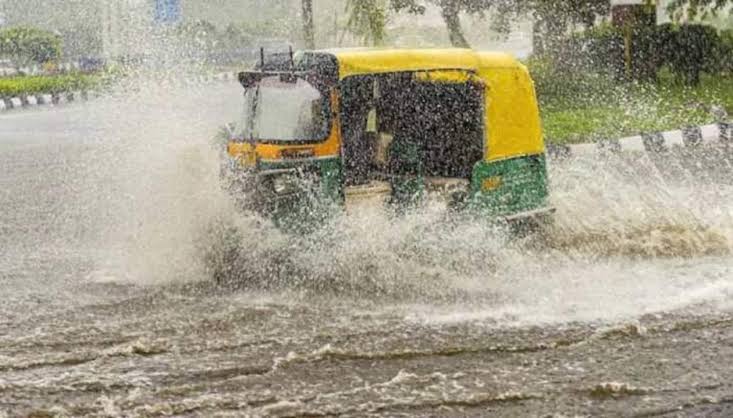In August, India experienced an unprecedented scarcity of rainfall, the lowest recorded in over a century. Typically, August is a month characterized by significant rainfall, with an average of 25.4 cm, following July’s 28 cm.
This unusual weather pattern was primarily attributed to the strengthening of El Nino, a central Pacific warming phenomenon associated with deficient monsoon rainfall in India. Additionally, unfavorable conditions prevailed in both the Arabian Sea and the Bay of Bengal, further exacerbating the rain deficit. Notably, some regions in India, such as northeastern India, the Himalayan states, and parts of Tamil Nadu, received comparatively better rainfall.
Comparatively, the last time India faced such a severe rainfall deficiency in August was in 2005 when the deficit was around 25% of the normal, and again in 2009 during India’s most significant drought in fifty years, which saw August rainfall 24% below the expected levels.
The cumulative effect of the deficient rainfall in August resulted in a national deficit of 10%, with regional deficits of 17% in eastern and northeastern India, 10% in central India, and 17% in southern India.
M. Mohapatra, Director General of the India Meteorological Department (IMD), noted an increasing trend in rainless periods during the monsoon months from June to September.
While the IMD had predicted “below normal” rainfall for August on July 31, their weather models did not anticipate such a sharp shortfall.
As for September, the last month of the monsoon season, the IMD anticipates rainfall to fall within a 10% range of the usual 16.7 cm. They base this forecast on favorable conditions in the Indian Ocean and the presence of two rain-bearing low-pressure areas in the Bay of Bengal. An IMD meteorologist, speaking on the condition of anonymity, mentioned that receiving additional rain might be challenging.
